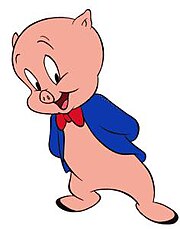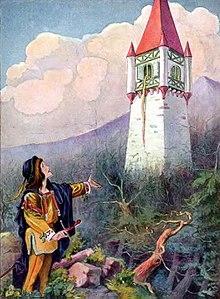Kartun
(cartoon dalam Bahasa Inggris) berasal dari bahasa Italia, cartone,
yang berarti kertas. Kartun pada mulanya adalah penamaan bagi sketsa
pada kertas alot (stout paper) sebagai rancangan atau desain untuk
lukisan kanvas atau lukisan dinding, gambar arsitektur, motif permadani,
atau untuk gambar pada mozaik dan kaca. Namun seiring perkembangan
waktu, pengertian kartun pada saat ini tidak sekadar sebagai sebuah
gambar rancangan, tetapi kemudian berkembang menjadi gambar yang
bersifat dan bertujuan humor.Sebagai salah satu bentuk komunikasi
grafis, kartun merupakan suatu gambar interpretatif yang menggunakan
simbol-simbol untuk menyampaikan suatu pesan secara cepat dan ringkas,
atau sesuatu sikap terhadap orang, situasi, atau kejadian-kejadian
tertentu. Kartun biasanya hanya mengungkap esensi pesan yang harus
disampaikan dan menuangkannya ke dalam gambar sederhana, tanpa detail,
dengan menggunakan simbol-simbol, serta karakter yang mudah dikenal dan
dimengerti secara cepat.
Kartun
mempunyai sisi menarik yang memiliki keunggulan lebih dibandingkan
dengan media komunikasi yang lain. Ketertarikan seseorang terhadap
kartun menurut penelitian Priyanto Sunarto yang berjudul Metafora Visual
Kartun Editorial pada Surat Kabar Jakarta 1950-1957 disebabkan dalam
mengungkapkan komentar, kartun menampilkan masalah tidak secara harfiah
tetapi melalui metafora agar terungkap makna yang tersirat di balik
peristiwa. Metafora merupakan pengalihan sebuah simbol (topik) ke sistem
simbol lain (kendaraan). Penggabungan dua makna kata/situasi
menimbulkan konflik antara persamaan dan perbedaan, hingga terjadi
perluasan makna menjadi makna baru.http://awanbiru-awan.blogspot.com/2009/10/pengertian-kartun.html






